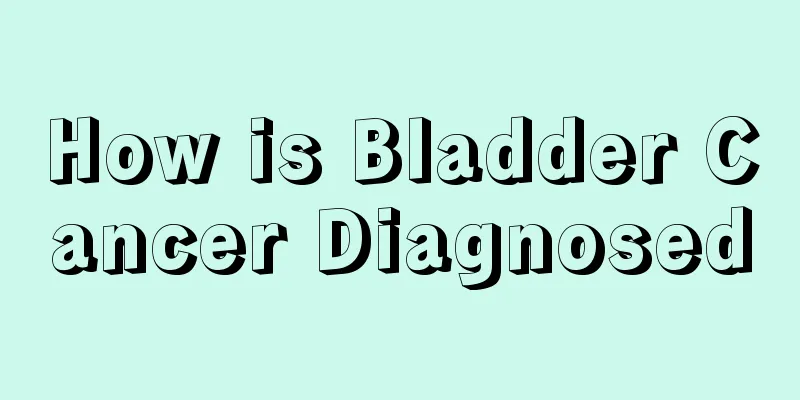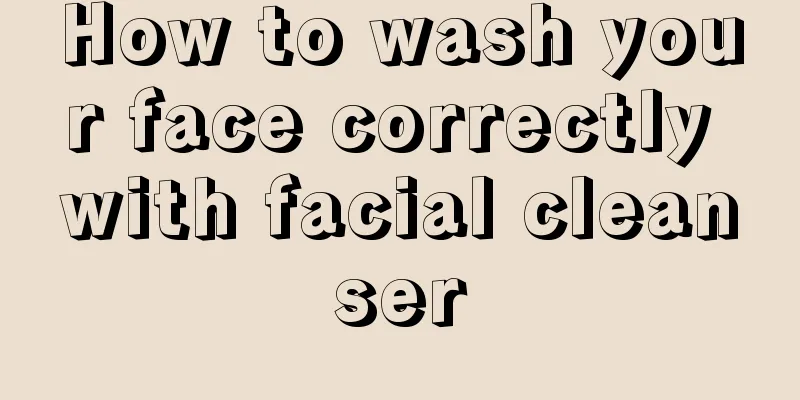How to use bleaching powder

|
Bleach is a disinfectant, especially often used to disinfect tap water. When bleach encounters high temperature, it will decompose into non-toxic and harmless substances, which are harmless to the body. Therefore, we must boil the water when drinking tap water to avoid the adverse effects of the bleach in it on health. It will cause certain harm to the health of the body. If excessive intake, it may cause symptoms of nausea and vomiting. How to use bleaching powder Drinking water disinfection. Add 6 grams of bleaching powder to 1000 kilograms of water, let it stand for 30 minutes before use; for secretions such as sputum. Add 2 grams of bleaching powder to 1 pound of water, soak for 30 minutes and then rinse with clean water; hands. Add 2 grams of bleaching powder to 1 pound of water, scrub for 2 minutes and then rinse with clean water; houses, walls, and ground (air). 40g of bleaching powder, add 10kg of water, spray or scrub (spray 40g/m2 of bleaching powder for 4h). The surface penetration should be uniform during spraying, 100ml/m2 of air, and act for 30 minutes; Domestic sewage. Add 50 grams of bleaching powder to 25 kilograms of water and disinfect for 1.5 hours before draining; clothes, bedding, towels, toys, and furniture. Add 5 grams of bleaching powder to 5 kilograms of water, soak for 30 minutes and then rinse with clean water.Hazards of bleaching powder: 1. Bleach is a bactericidal disinfectant and is safe to the human body if used correctly. However, bleaching powder has a bleaching effect and looks similar to flour. If it is mixed into flour, it will be difficult to identify. Therefore, some unscrupulous vendors illegally use bleaching powder in food, such as using bleaching powder to bleach flour, mushrooms and other foods. Eating flour bleached with bleaching powder can cause food poisoning. Clinical manifestations: First, stomach discomfort; then nausea and abdominal pain, and then severe vomiting followed by gradually worsening abdominal pain. A few people experience abdominal colic. In severe cases, diarrhea will occur when vomiting and abdominal pain occur. The dust of this product is irritating to the conjunctiva and respiratory tract, and may cause damage to teeth. Skin contact may cause moderate to severe skin damage. 2. Aqueous solution of bleach has irritating and corrosive effects on the gastrointestinal mucosa. Its decomposition product, hypochlorous acid (or hydrogen chloride gas), is a highly corrosive and toxic substance that irritates the respiratory tract and skin, causes coughing and affects vision. Apart from drinking concentrated bleach solutions directly, no problems have been found when using dilute solutions. If the concentration is high, it is easy to smell the chlorine odor and need to be controlled. |
<<: What does pain in Yinlingquan indicate
>>: Is it good for children to drink protein powder?
Recommend
Does an increase in PSA necessarily mean prostate cancer?
Prostate cancer is a very important type of male ...
What are the symptoms of nasal mucosal erosion
Nasal mucosal erosion is more due to the accumula...
What are the prevention methods for esophageal cancer?
What are the prevention methods for esophageal ca...
What are the misunderstandings about medication for fibroids
What are the misunderstandings about fibroids? Pe...
What is the effect of soaking your feet in hot water?
For many people, soaking their feet in hot water ...
Cooking porridge in a rice cooker
How about cooking porridge in a rice cooker? This...
What is liver cyst?
Liver cysts are actually a relatively common beni...
The best time for foot soaking every day is short
Foot soaking is a very good way to maintain healt...
30 What to do if your facial skin is sagging
When people reach a certain age, the skin on thei...
What are the symptoms of acute encephalitis?
If we want to treat and solve acute encephalitis,...
How to treat multiple small thyroid cysts?
Thyroid cyst is a relatively common disease. The ...
How long can you live if liver cancer is cured in the early stage
The effect of early treatment of liver cancer is ...
The difference between ct and color Doppler ultrasound
CT and color ultrasound are both common examinati...
Early symptoms of cervical cancer
Cervical cancer is a common gynecological maligna...
I have the urge to defecate frequently but I can't
When our body is in a healthy condition, all func...









